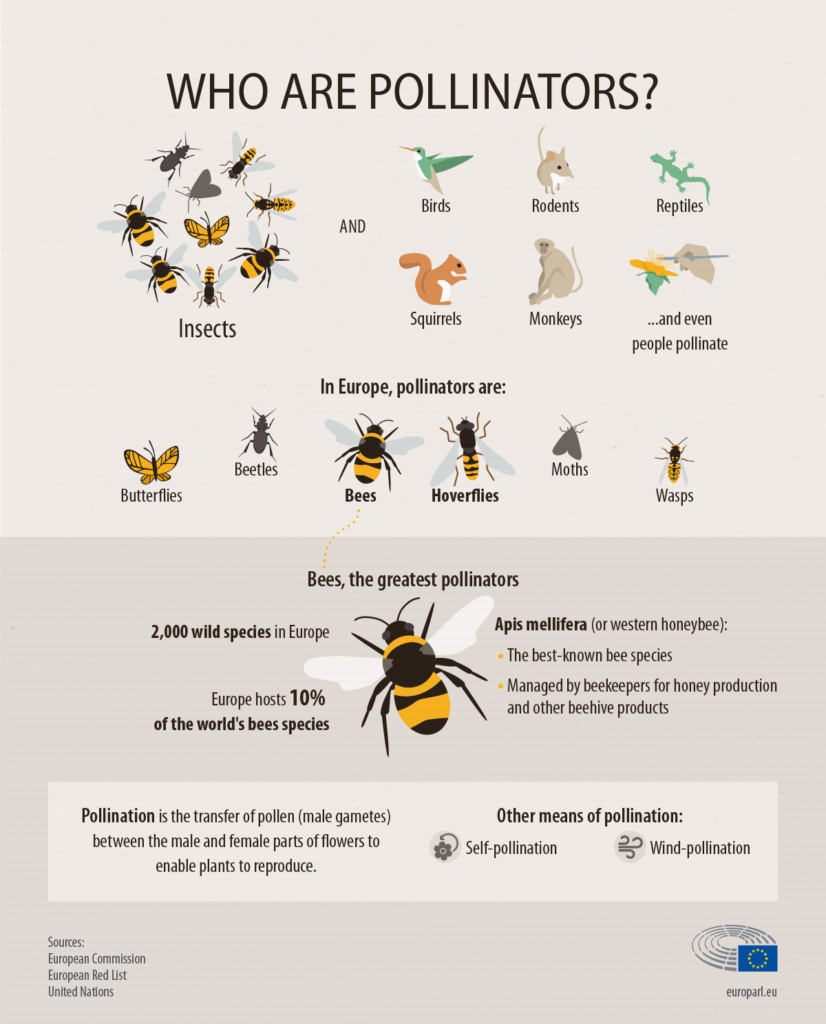Energy in terrestrial ecosystems
By

Factors that impact the health and success of bees
Factors that effect their health:
- Pesticides that are getting spread are releasing toxic chemials into the air
- Bees are getting poor nutrition from the lack of plants growing
- There’s lots of competition between the bees when fighting for the plants
- Without their habitats they are forced to live in places that they aren’t familiar with and exposed to bad weather
Factors in their success:
- Growing plants in your garden
- Leaving their habitats alone
- Farmers are starting to use less harmful pesticides
- More people are concerned and are doing more research
What populations do the decline of bees affect?
Bees affect the agriculture population because without them the decline of fresh produce would kill us. Although bees are mostly known for producing honey they also produce fruits, like blueberry’s, pumpkins and apples. The production of apples would decline by 90% along with the pumpkin productions and the blueberry productions would decline by 80%.

Effect on Human activity
Without bees’ human nutrition would become very bad, and we would all suffer. Without them farmers wouldn’t be able to grow crops and we would not have enough fresh produce to stay alive for very long. Many ecosystems would suffer without bees because the birds that prey on them would no longer have food and eventually die off. This then affects everything else in the ecosystem because the animal that eats birds will no longer have any food. Without bees the food chain cycle will be broken.
